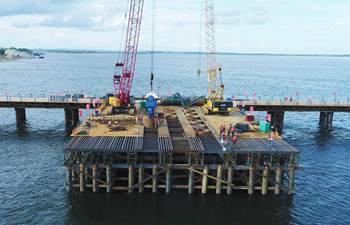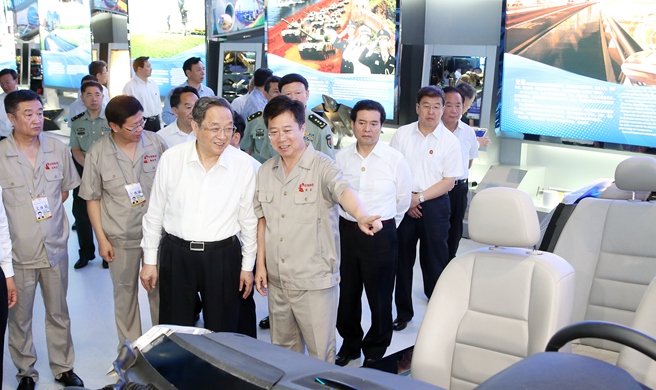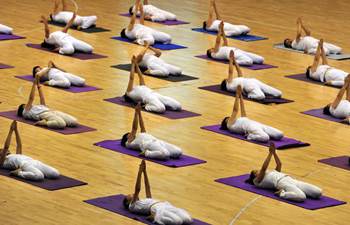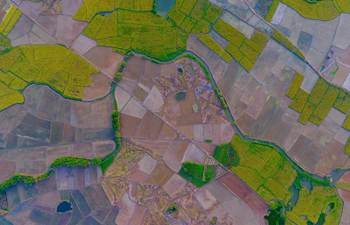SYDNEY, Aug. 11 (Xinhua) -- The Reserve Bank of Australia (RBA) announced on Friday that wage growth will remain low in Australia, with a close eye to be placed on the effect of consumer spending habits on the overall economy.
Philip Lowe, the governor of the RBA, appeared before the House of representatives Standing Committee on Economics on Friday and said that there has been an "adjustment" with everyday Australians needing to "get used to lower growth in their real wages."
"Many now see this as more than just a temporary development, with wage increases of 2 point something percent now the norm. In my view, the underlying drivers of the slower wage growth in Australia are much the same as we are seeing overseas," Lowe said.
In his testimony, the governor made note of the increased pressure on households, as they deal with increasing debt burdens when compared to their income - as well as the constant strain of soaring electricity prices - which means consumer spending may be negatively affected.
Paul Dales, chief economist at Capital Economics told Xinhua on Friday that the lack of wage growth in Australia is a major issue, with the key concern for the Australian economy being how the "drag" on consumption growth will affect the local economy overall.
"Our forecast is that consumption growth will actually slow from 2.6 percent last year to 2 percent this year, which is basically the main reason we don't expect economic growth to be as good as the RBA expects over the next couple of years," Dales said.
"It is a big downside risk to the economy, and to the RBA's own forecasts as well."
Investment in business was also on the RBA's agenda at the hearing in Melbourne, and Lowe said that the "strong pick-up" that the RBA has been waiting to see from non-resources investment levels is taking longer than anticipated.
"While we do see positive signs in parts of the economy, many firms still show some reluctance to commit to significant investment, often citing a range of uncertainties. It is possible that this reluctance will continue for a while yet," Lowe said.
Lowe was not entirely negative on the outlook however, and said the RBA will continue to adopt a "middle path" approach with their forecasts, as improved business conditions could potentially open the door to an influx of investment down the line.
The head of the RBA was pleased by the "upside" of growth in China, which directly benefits the Australian economy, and the chief economist of the Commonwealth Bank, Craig James, told Xinhua on Friday that China is one of the aspects that the RBA will continue to monitor closely in relation to the Australian economy.
"A number of areas are being watched closely, from the strength in Chinese demand, to rising Australian dollar, investment and rising household debt," James said.
"Overall the Reserve Bank Governor was more optimistic on the medium term outlook for the Australian economy. Highlighting that even when it comes to mining investment the pullback is almost complete. The focus now is to ensure an ongoing lift in non-mining business investment to support medium term growth objectives."
The RBA has kept the interest rate steady at 1.5 percent over the past year, and Lowe said that it would be reasonable to assume that the next interest rate shift will be up, although that would be "some time away."

















